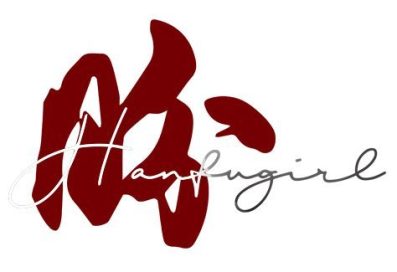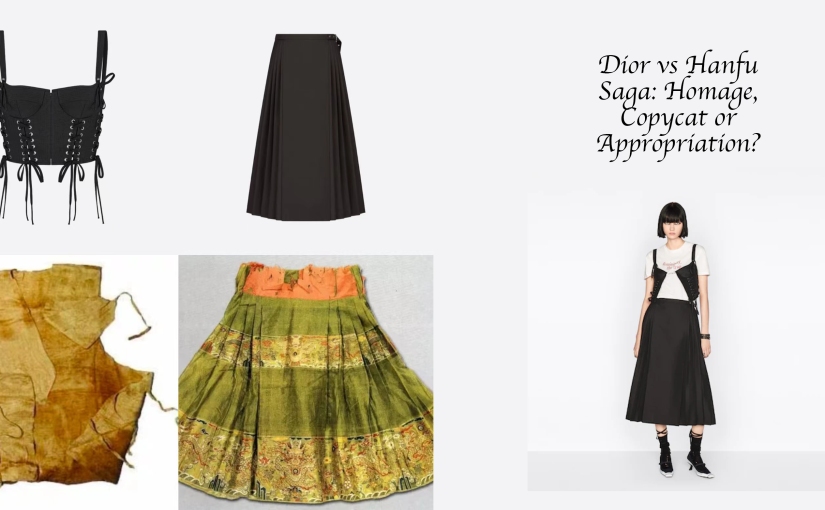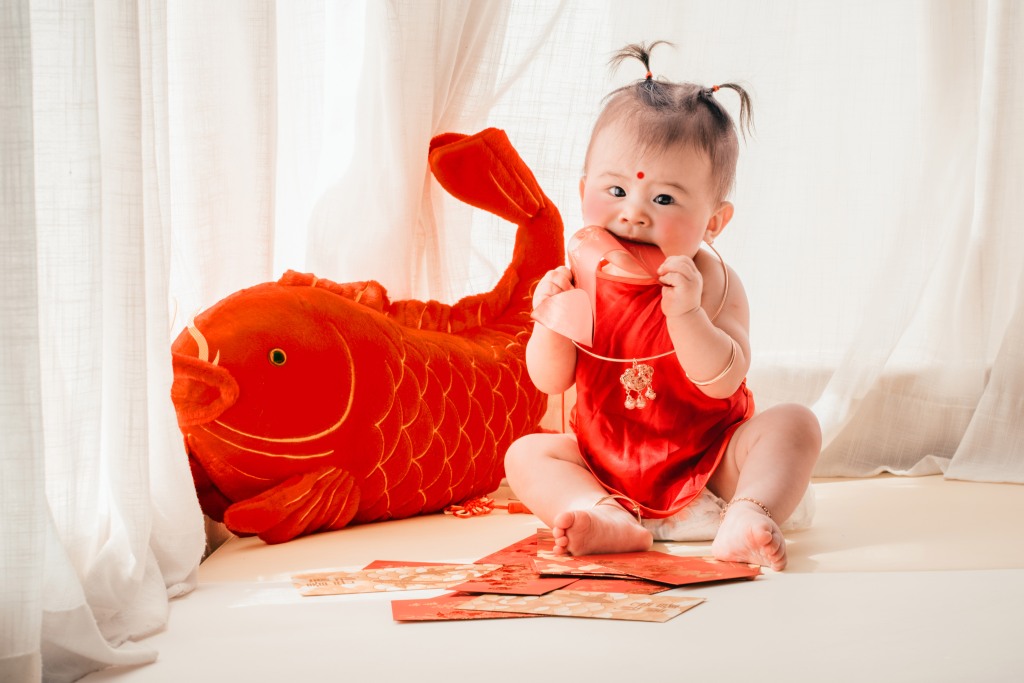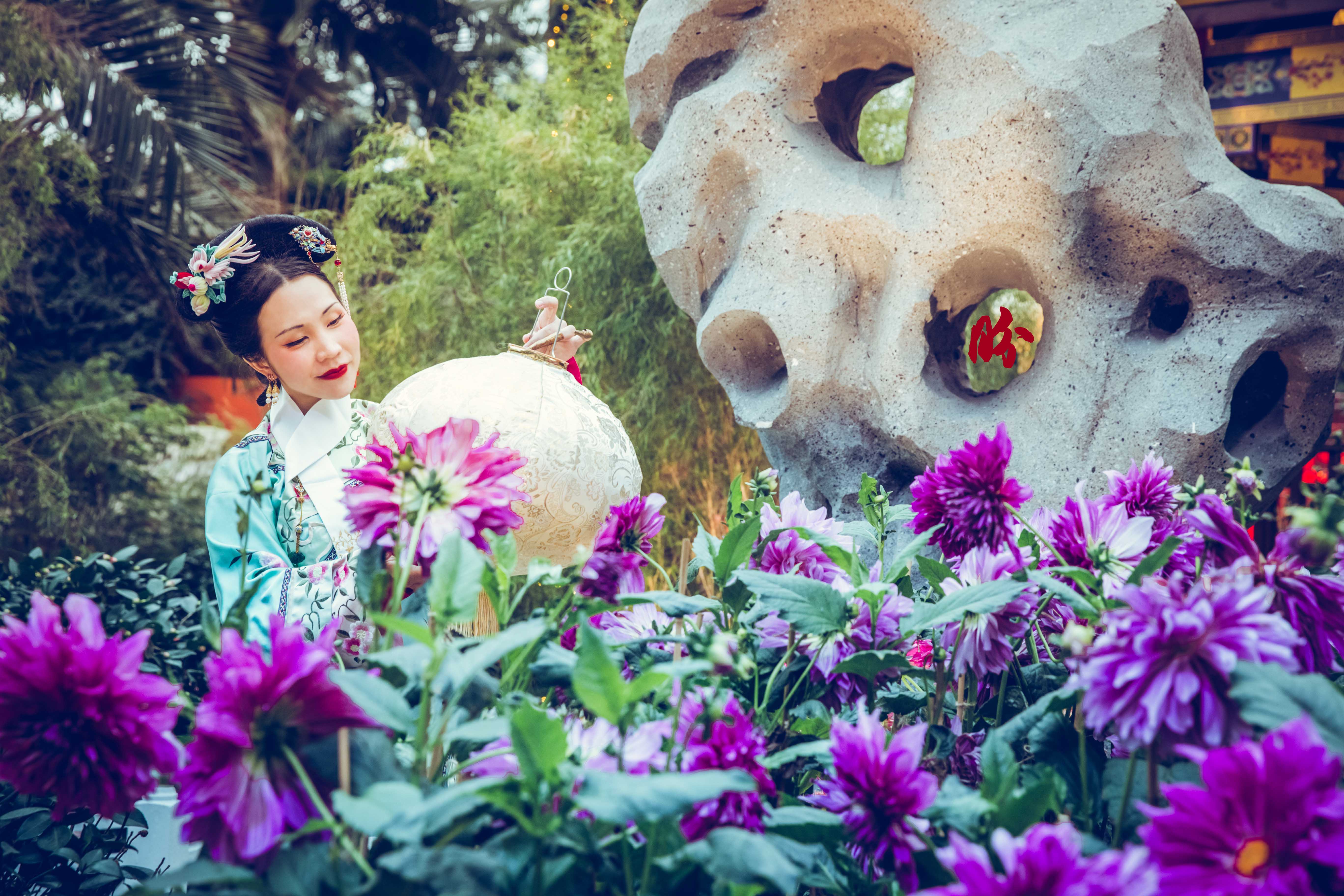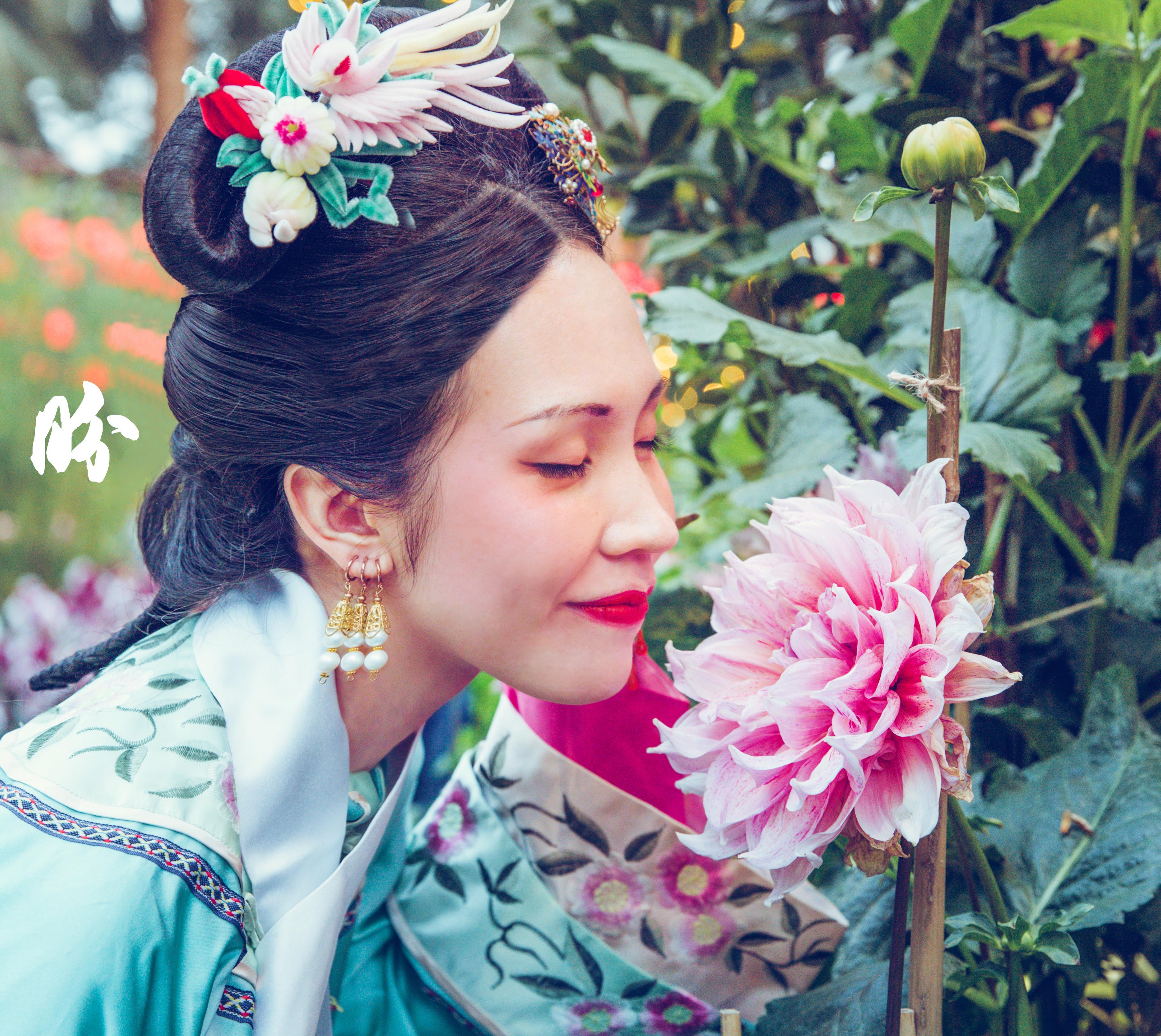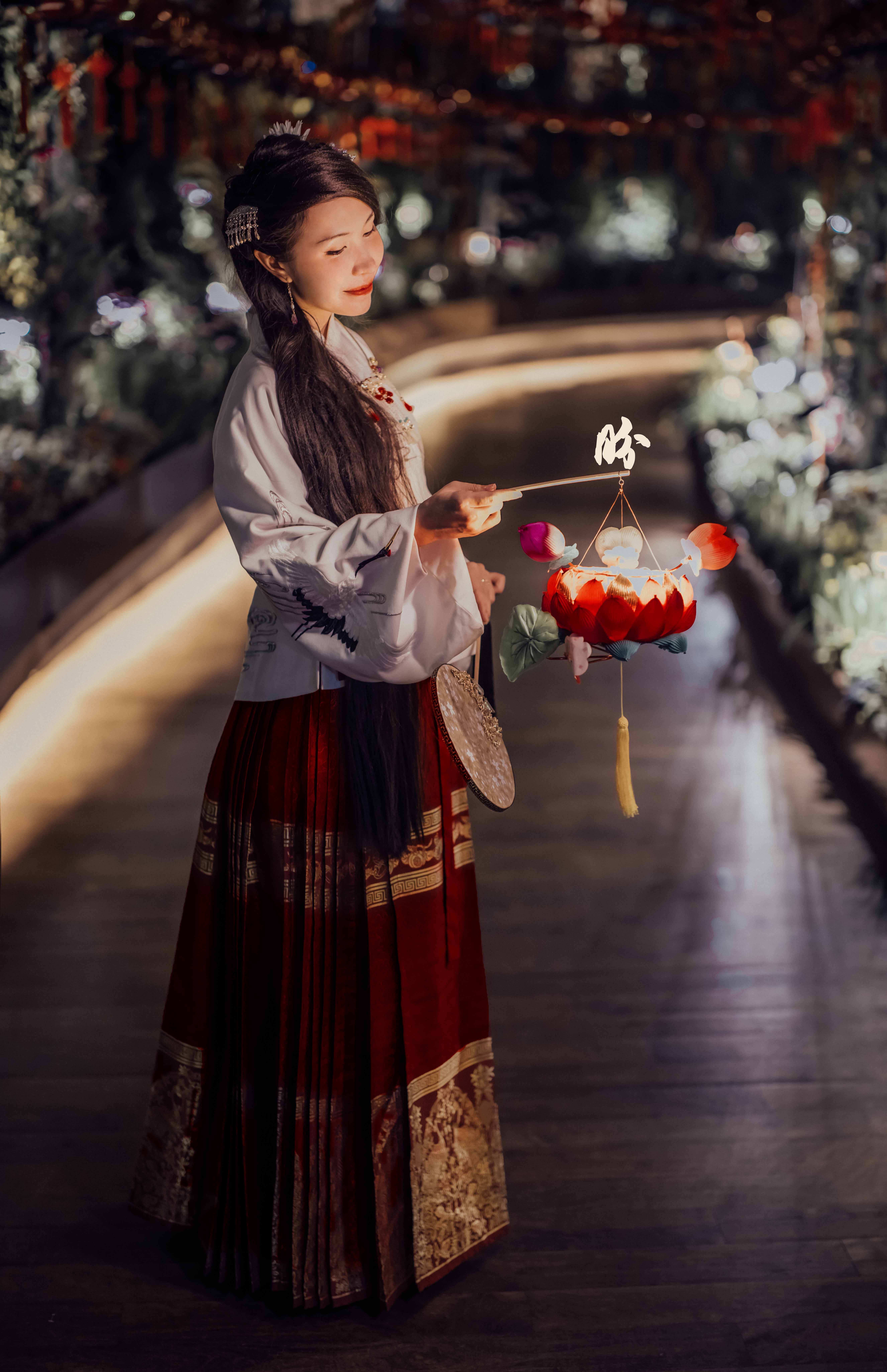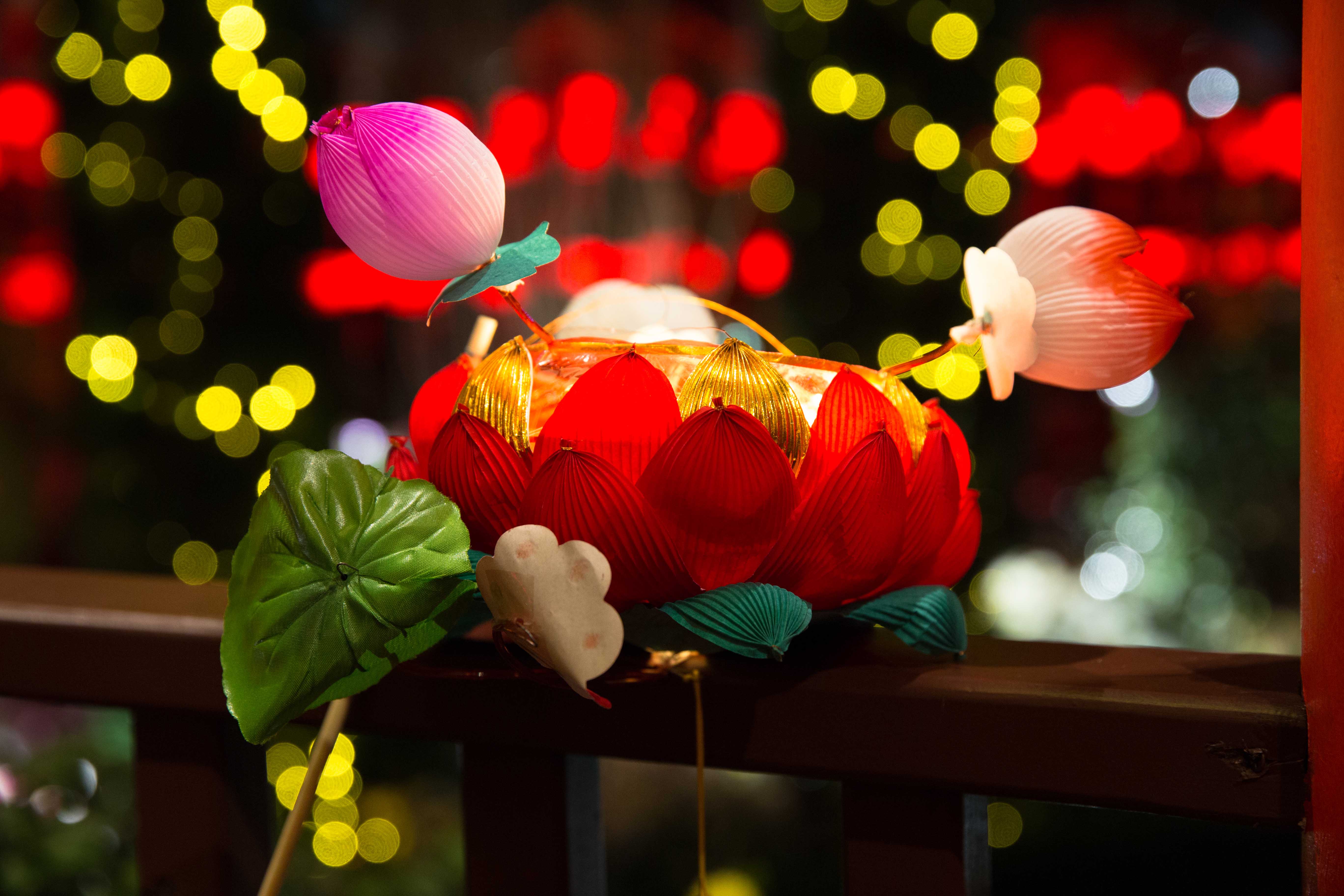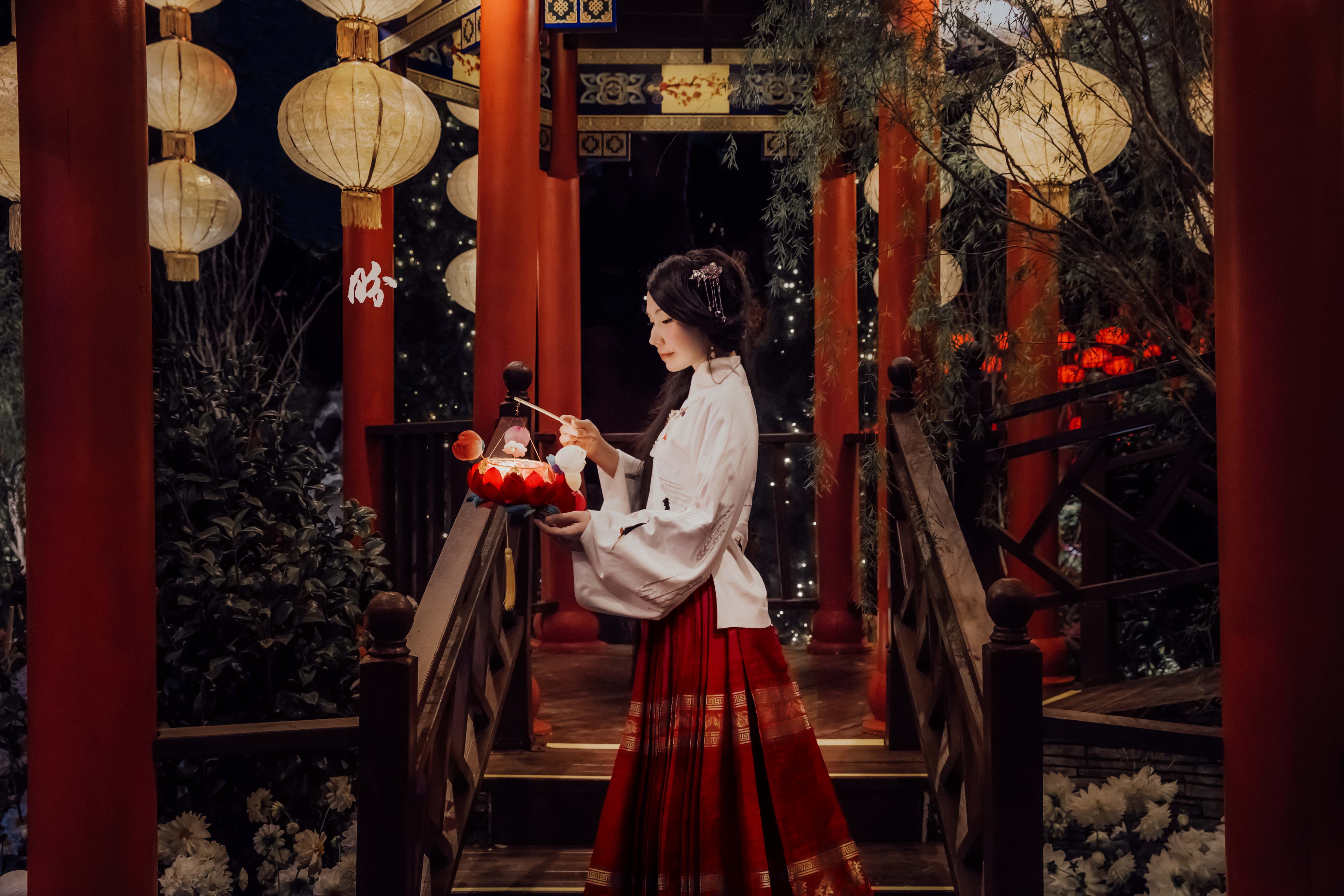IMPORTANT: WE HAVE MOVED!
CLICK HERE FOR OUR NEW SITE!
The Hanfu scene is bustling with excitement (for better or worse) today because of the Dior Fall collection. In particular, the black mamian skirt look-alike (Dior Pleated Skirt) and its pairing with the corset which looks suspiciously also like the way the modernised Ming dynasty (14th-17th century) hanfu style that you see a lot in the last few years in China.
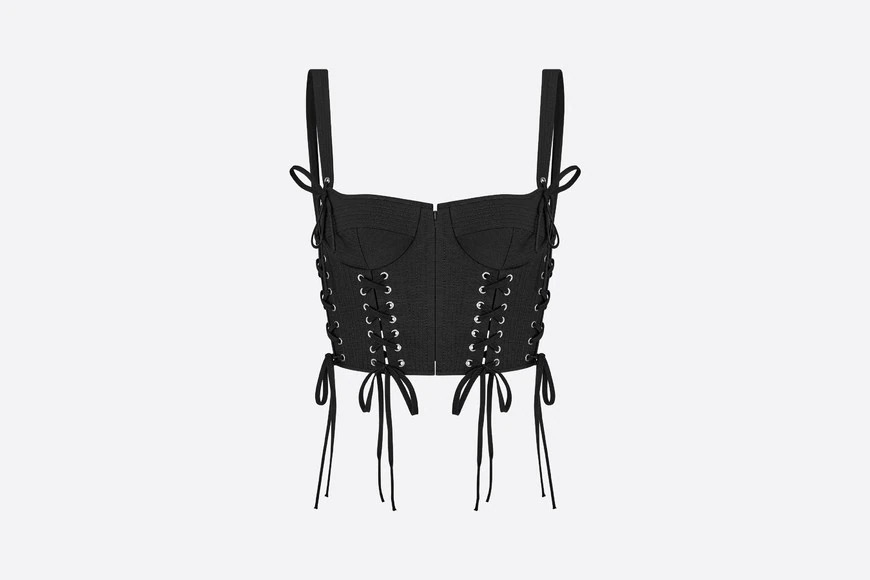


Homage, Copycat, or Appropriation are all just similar concepts to different ends/results and of different intentions. I’m too lazy to be politically correct or prescriptive about their definitions and nuances, but the simplest way of looking at it is probably whether the finishing looks as good as, better, or worse than the original item/style that they are trying to emulate. Or if they managed to establish a strong style/design through thoughtful innovation on top of the original which makes it a new style by definition.
THE ORIGINAL ARTEFACT IN HISTORY
Here’s the original Ming style Mamian Skirt and the vest-like (or if you want to sound pretentiously superior, corset-like) undergarment artefact image:

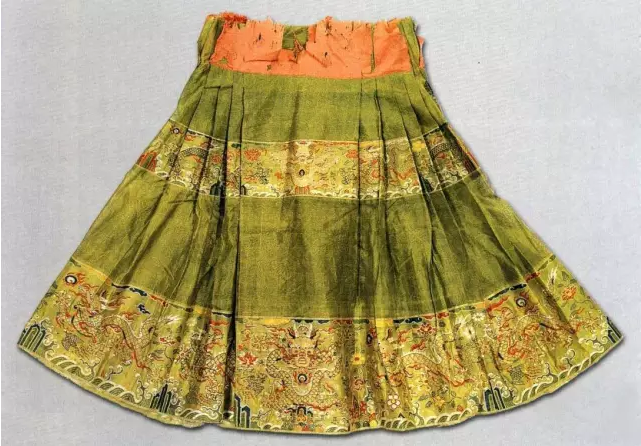
THE MODERN HANFU INTERPRETATIONS
The Hanfu movement has been in full swing for a while, and there are many young Chinese designers who have came up with lots of variations of the Ming style modern hanfu wear which you might find shockingly similar to the one by Dior:

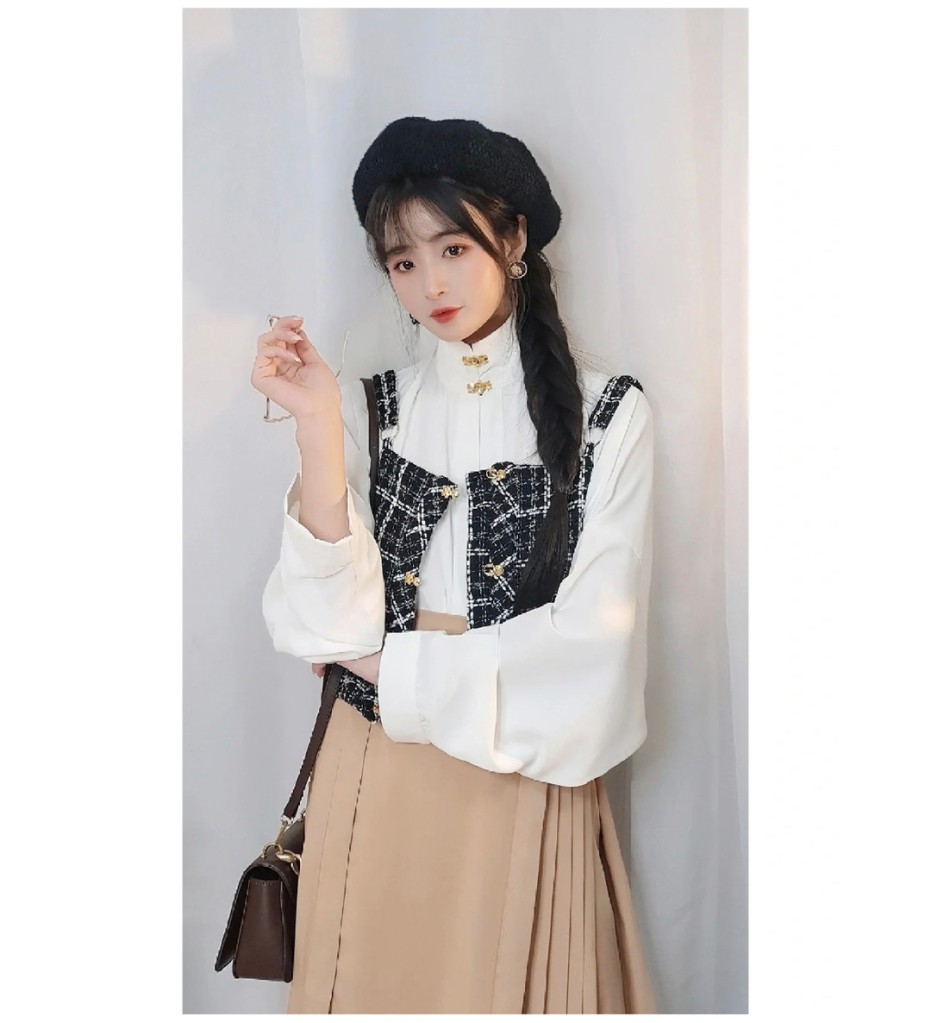
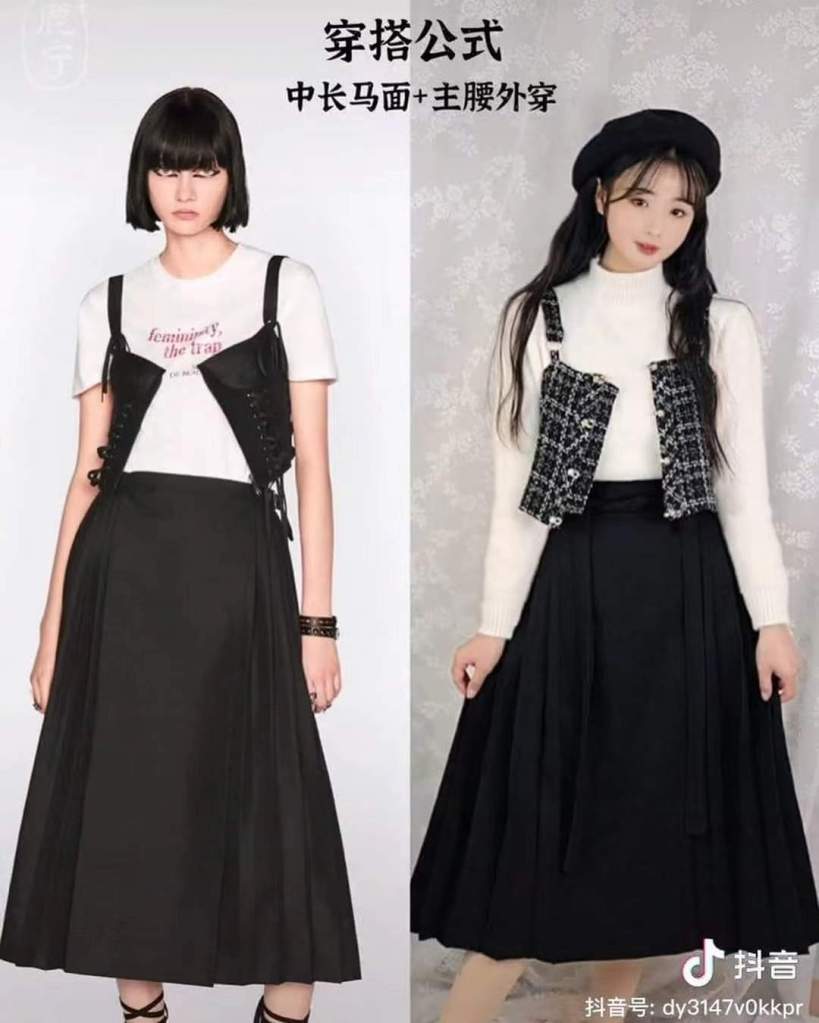
Even I have done that pairing once upon a time in my In Search of the Chinese Red series:

So they’ve shortened the skirt length, modified the fastening/securing mechanism of the skirt, and matched the undergarment as a summer top with the mamian skirt.
For autumn/fall/winter season, the Mamian skirt is even nicer to pair with winter coats and other basics as I did during my Sabbatical Trip. Thanks in advance for indulging me in my pre-covid + pre-baby travel trip photo-sharing.
IN VENICE


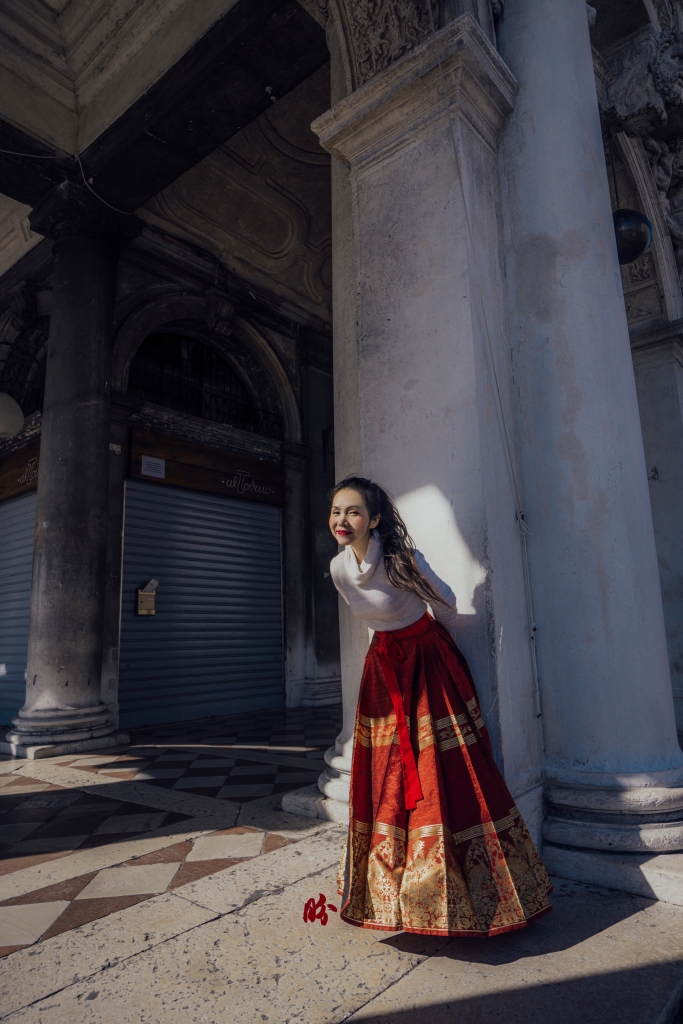
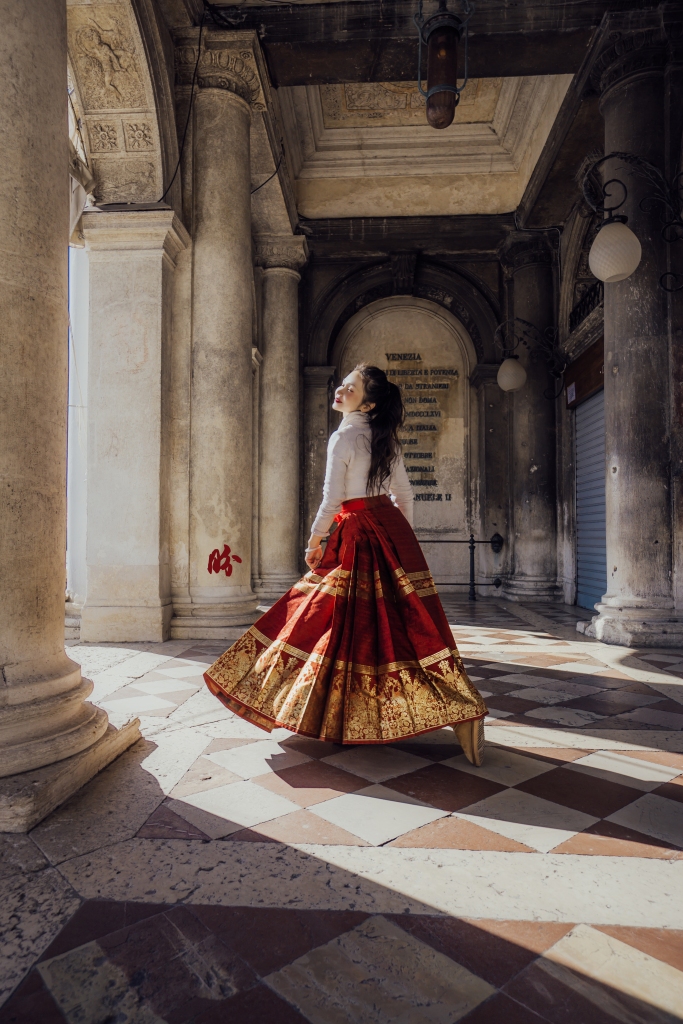
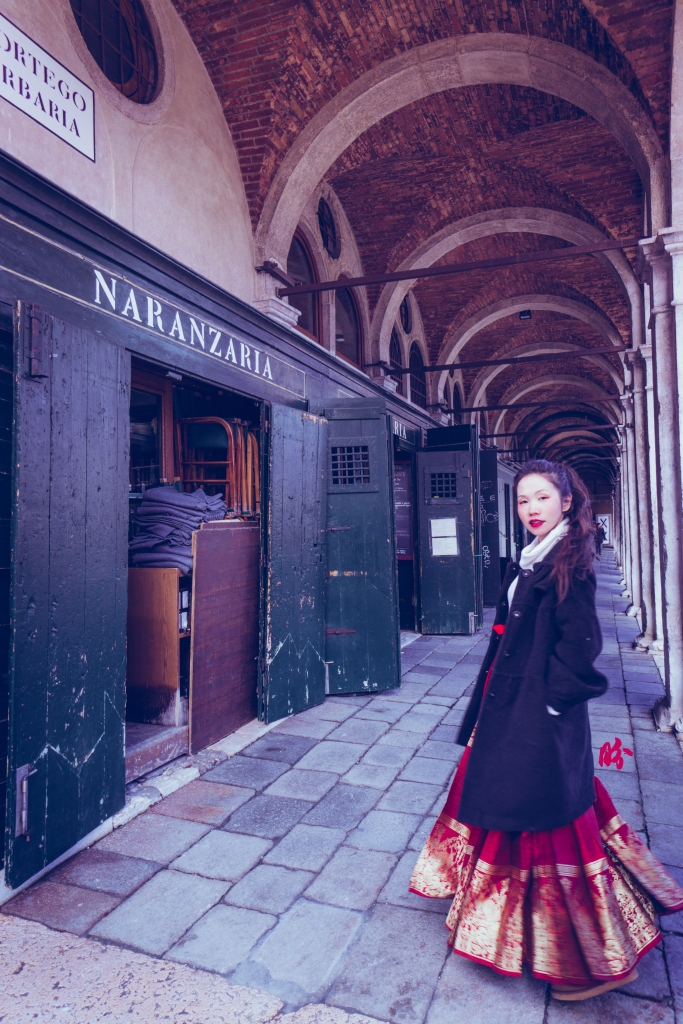
IN NYC
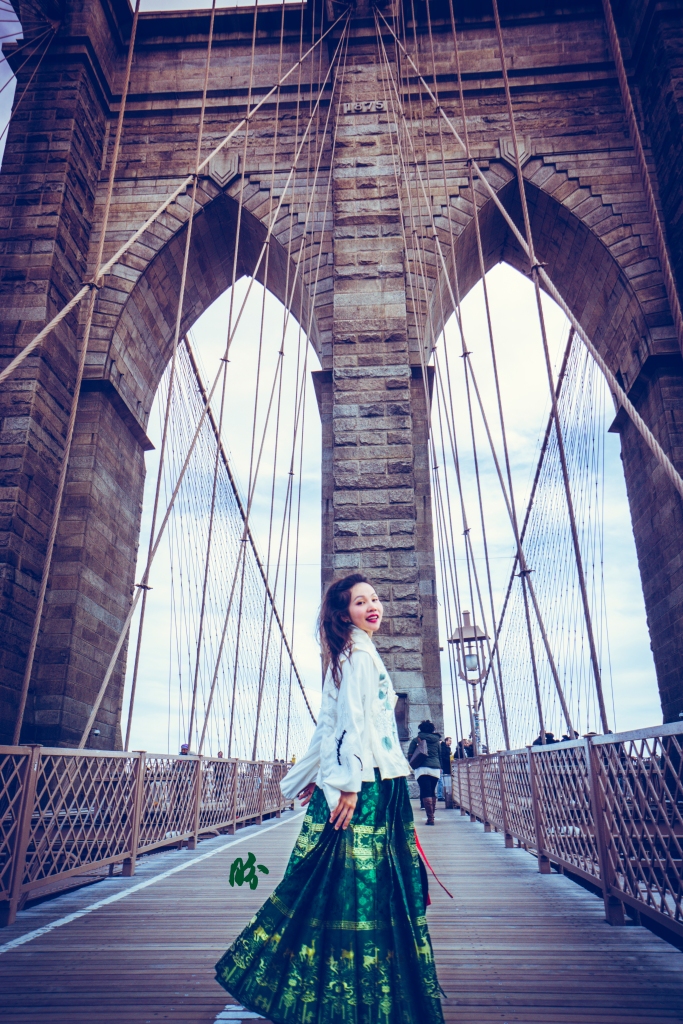

Of course mine were the original length skirts with tie-string fastening mechanism which was the most traditional method for the Chinese. But you could see just how non-costumey they can be if you paired them properly. I also have black mamian with subtly weaved motifs and golden thread weaved patterns. I’m a huge fan of Mamian skirts (Have more than a dozen of them of different colours and materials).
Anyway…
When it comes to innovating a nice fastening mechanism, I would say Dior 0 : Hanfu designers 1
Honestly for a S$5,500 skirt, I expected better. But obviously the Hanfu makers were probably also copying the kilt makers in the waist fastening mechanism.
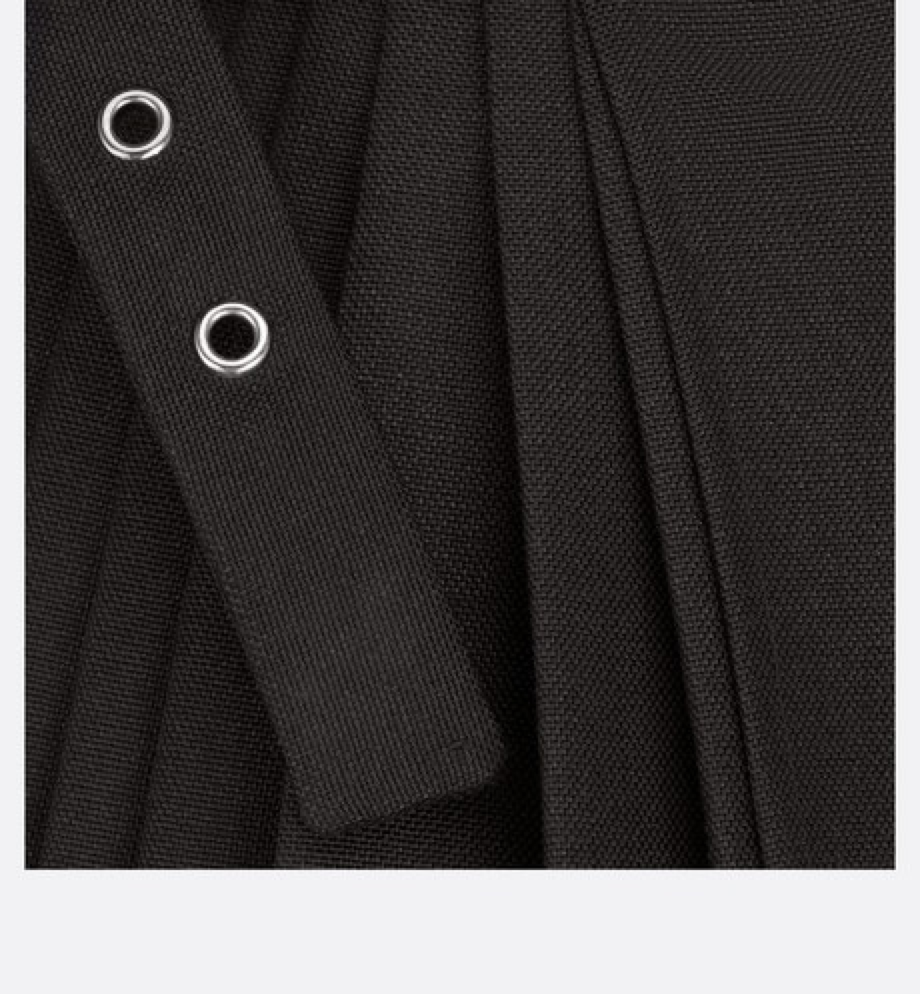
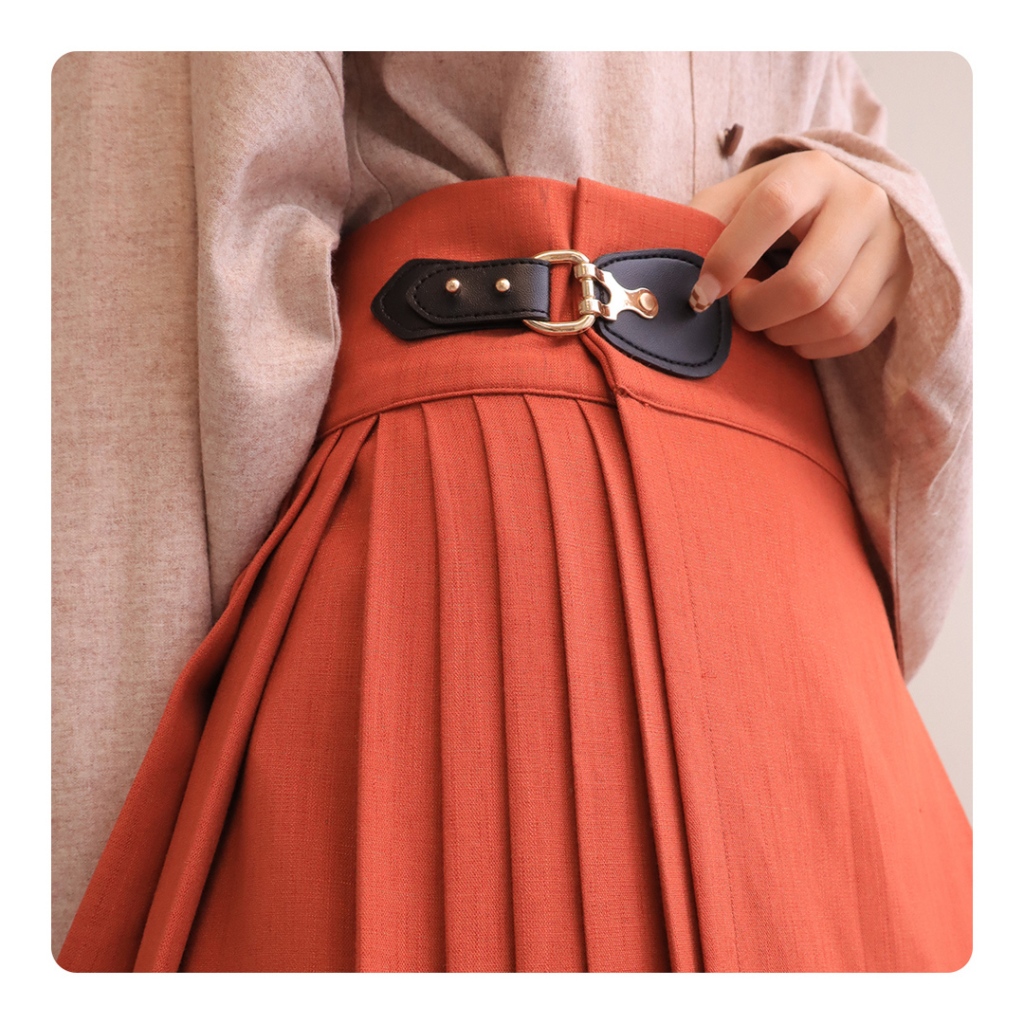
One of my favourite part about the vest-like undergarment of Ming is the Ming style metal frog buttons that lined the front middle part of the undergarment as in the one below:
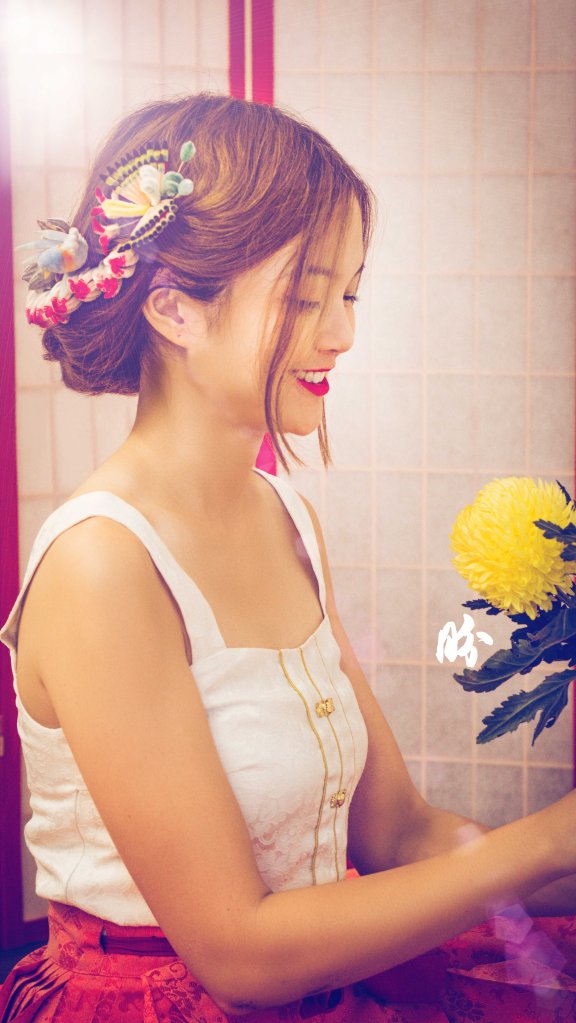
They’re wonderfully diverse and beautifully made, and often adorned with precious stones such as the ones below:
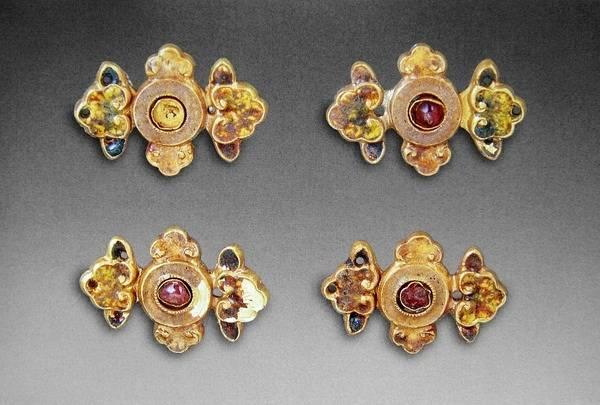
The least that Dior could do was to invest some of their marketing budgets into these finer details. They can keep the clean lines and ‘minimalistic’ look (sometimes I suspect minimalism is just an excuse to cut cost), but those metal eyelets and straps are hardly anything worth shouting about.
MAMIAN SKIRT, SCOTTISH KILT, DIOR—What are the differences?
My first instinct when I saw the controversy erupting was, hang on, maybe they’re just inspired by their own ‘Western’ (sorry I’m using such a loose term) dressing—kilts. But then someone noted that the kilts had full pleats at the back, whereas the Mamian skirt had the same flat panel front and back which was exactly what Dior had. And yes, we also saw how the Hanfu makers copied the kilt’s way of securing the skirt:

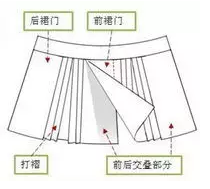
Although I can’t be 100% sure but from the video (based on how the skirt moves when the model is walking) it appears that the back flap of the Dior skirt also has that ability to flip open up from the back just like the front. [Update: OK, I can confirm that the Dior skirt is EXACTLY the same structure and everything as the Chinese Mamian skirt, video explanation below the image]:

This artefact is from the Southern Song dynasty (12-13th century) of China, and it already had the earliest form of the Mamian skirt. Interestingly, such skirts were initially worn by the courtesans (who were, as usual, always at the forefront of fashion), and then it became a skirt popular amongst the aristocratic women by the Ming dynasty.
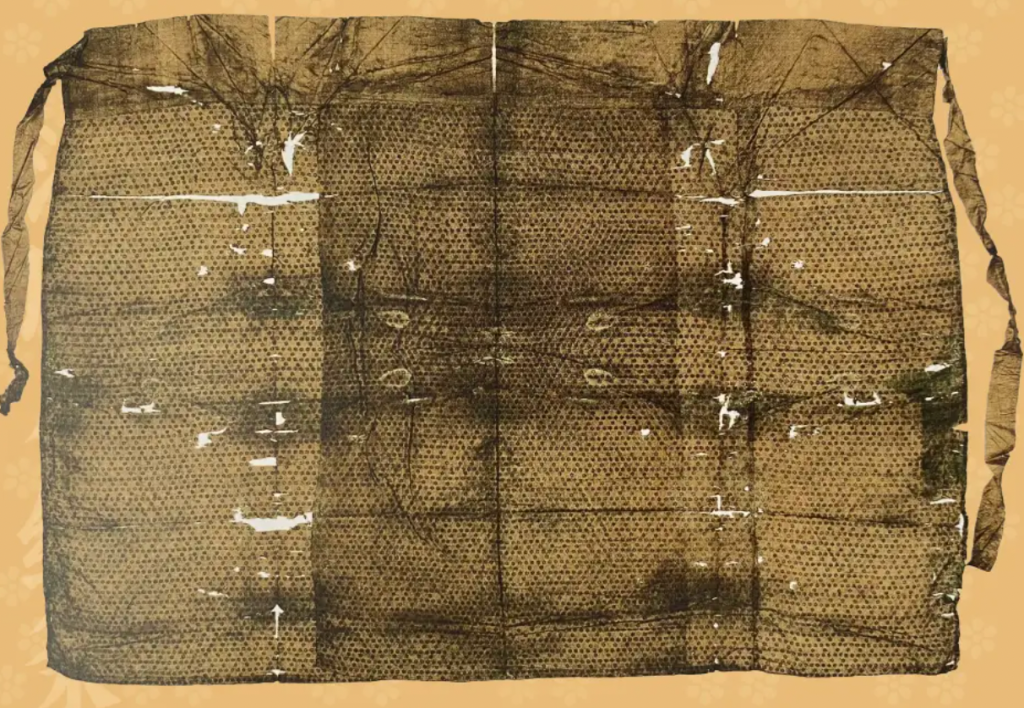
Obviously everyone loves the Mamian skirt. The style has survived for almost 1,000 years now, with fashionistas constantly trying to emulate it in different forms, and it has not only fascinated the Chinese. The Western designers of our days were equally fascinated by the Mamian skirts and Dior’s 2022 Fall design is by no mean their first encounter with the Mamian skirt of China.
Back in 1998, the legendary John Galliano had presented several dresses inspired by the Qing dynasty Mamian skirts as well:

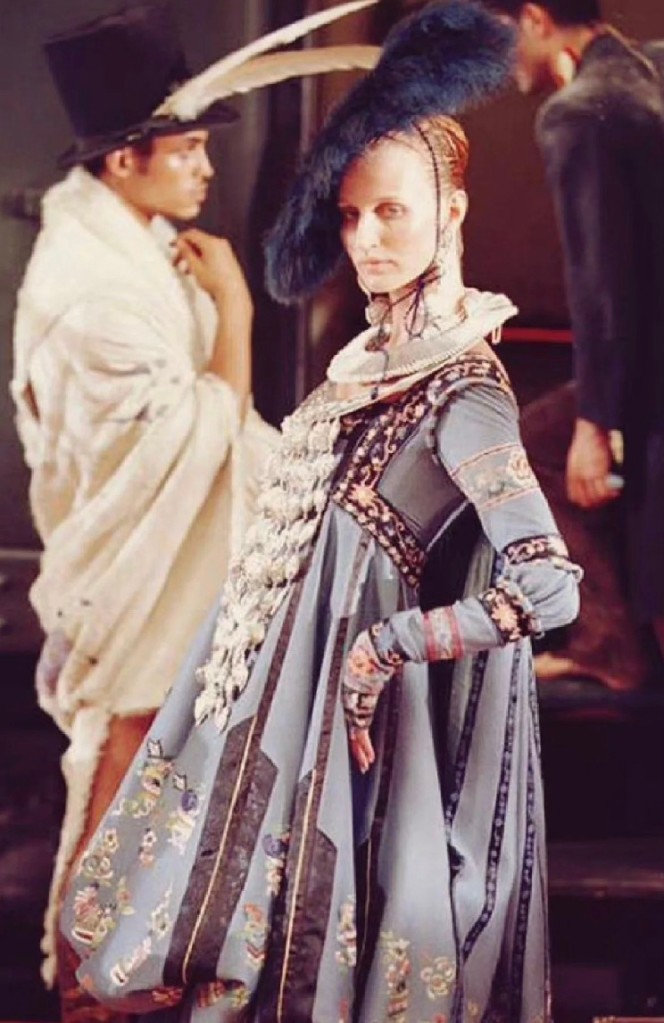
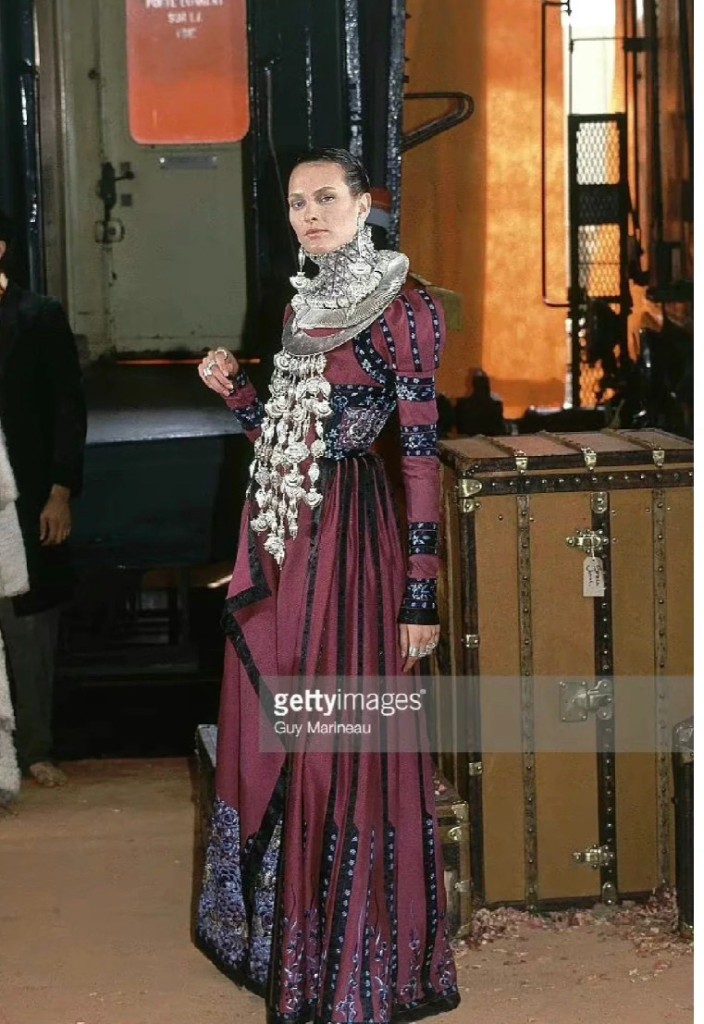
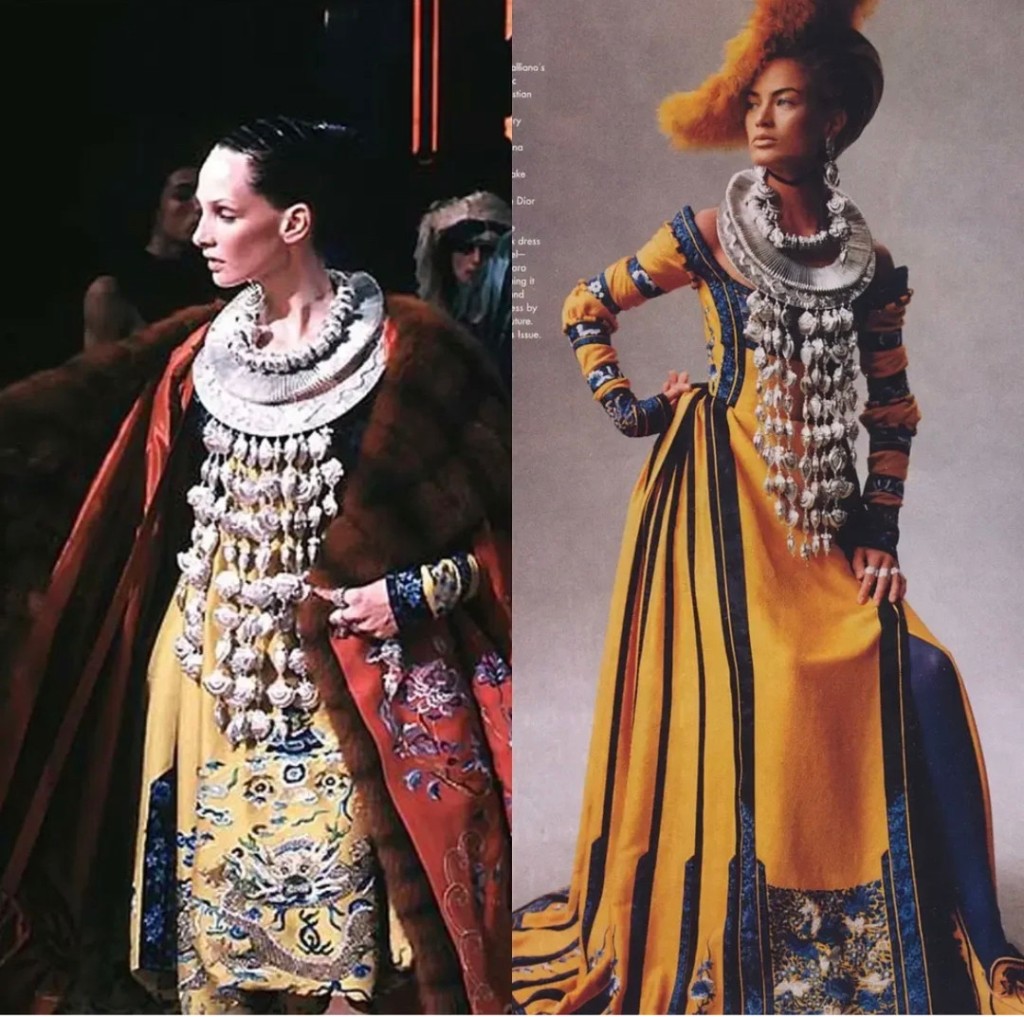
Here are the actual Qing era skirts and the resemblance is pretty evident:
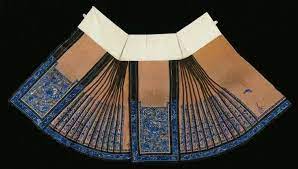

But wait, Dior’s not the only one!
Princes Diana too wore it once, and Alice Through the Looking Glass film clearly also based Alice’s costume on it.
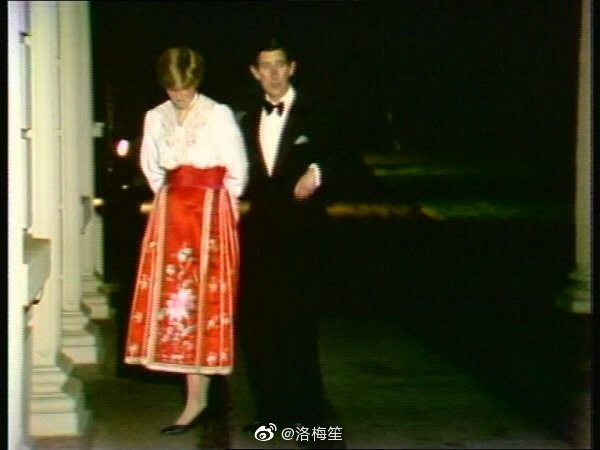
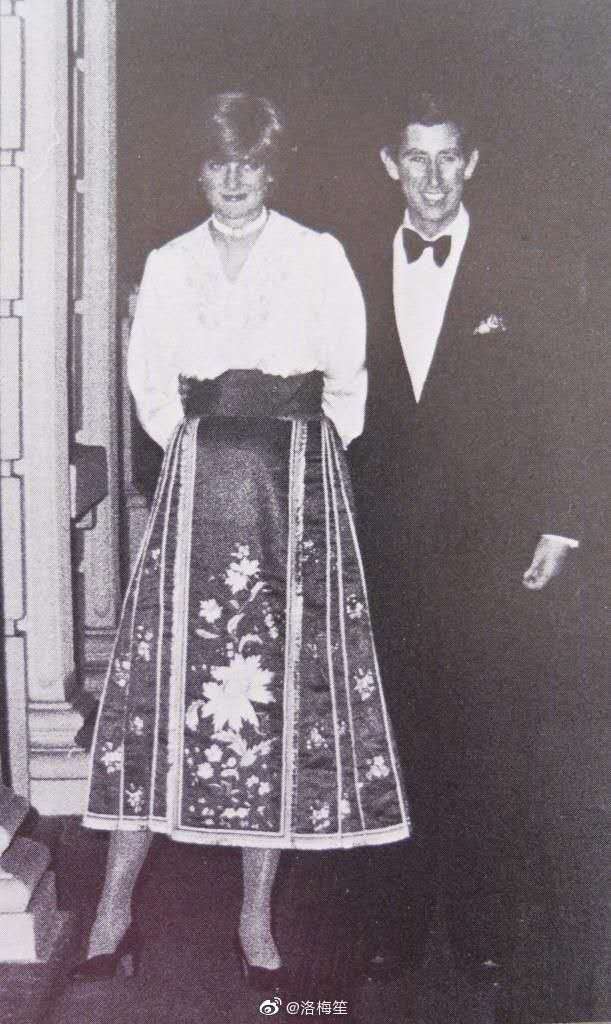
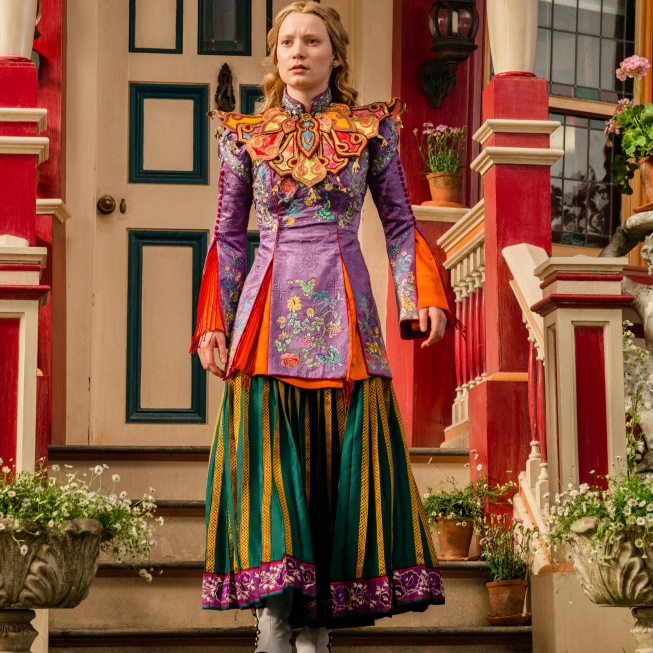
If you want to read a bit more about the Qing dynasty Mamian skirts, you can hop over to ‘From Hanfu to Cheongsam: The Missing Link‘.
WHAT IS YOUR TAKE?
Taste is subject, of course. That explains why many people splurge on what I would find ugly items. So what is your take on Dior’s latest Fall design that is obviously based on the Ming era mamian skirt?
Personally, I find it a blatant and poorly done copycat attempt (without acknowledgement at that!) because obviously the 2022 design doesn’t create anything distinctly new or impressive. The Chinese has a modern phrase 谁丑谁尴尬 which loosely translates to ‘Whoever does it better wins the game’. This applies to many of the art appropriation claims as well.
And I’m not even going to talk about cultural appropriation in this instance since it’s beyond obvious. But I’d love to hear your thoughts!
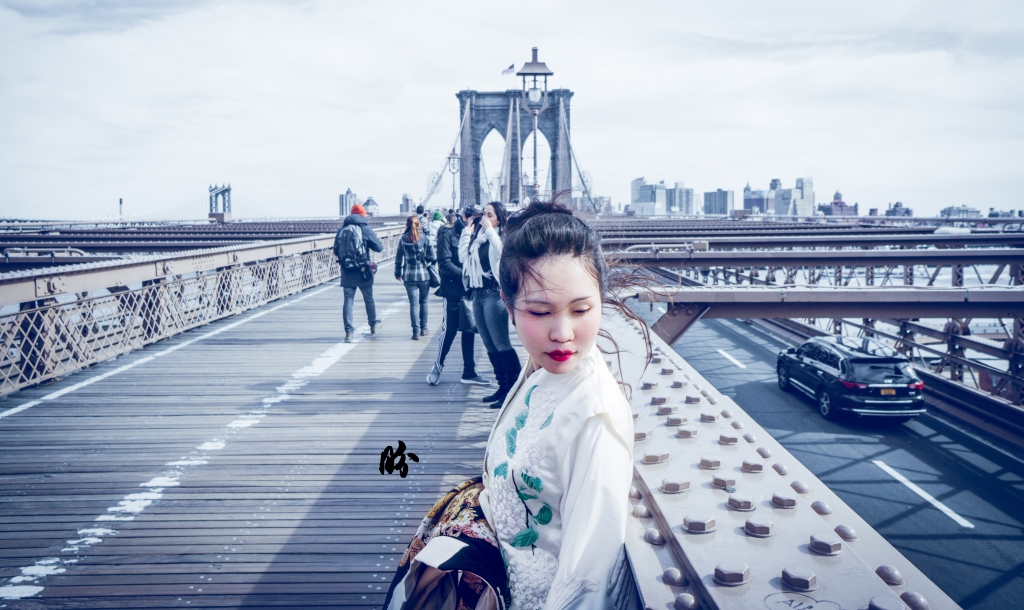
And I shall end my post with my Ming style mulberry silk vest embroidered with hydrangeas, in NYC (cos everyone is travelling now and I’m stuck! I deserve this. 😉
